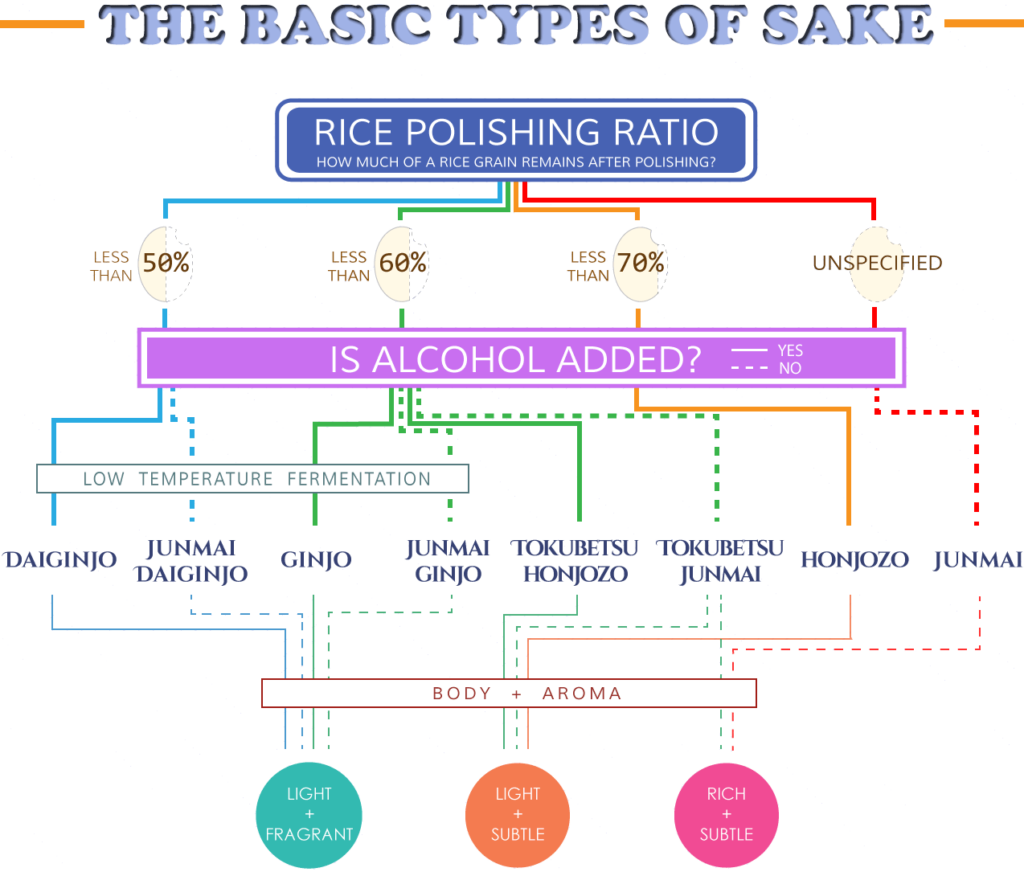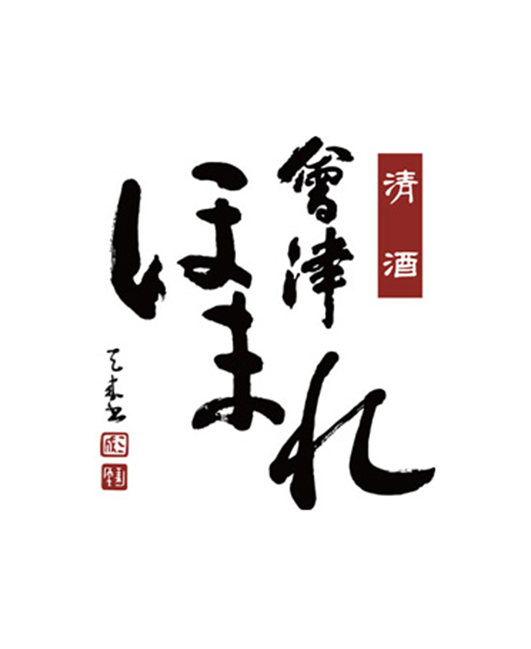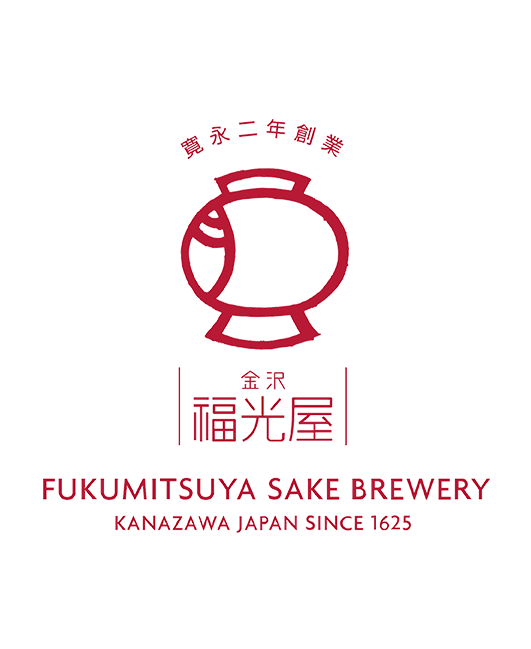Sake and Japan
Sake has, over its history, developed a special cultural significance in Japan, so entwined has it become with the country’s customs and traditions
OshakuWhen first produced over two thousand years ago, sake was revered and cherished and made as an offering to the various gods and deities of Japan’s indigenous Shinto religion. Indeed, for many years sake production in Japan was carried out for the most part within the Imperial Court, and the drink itself was only enjoyed on celebratory or festival days.
Even though sake is now widely available and relatively inexpensive, the legacy of its historical importance means that it still features in many aspects of Japanese culture. Whether sipped by bride and groom during a traditional wedding ceremony or drunk to celebrate an election victory, sake’s symbolic value is diverse and far-reaching.
Seasons
With the changing of the seasons comes an occasion to join friends and family to celebrate the spring bloom or an autumnal full moon, with a bottle or two of sake to complete these celebrations of beauty in nature. These traditions date back to when agriculture was the main industry in the country, with sake being served in a particular way depending on the time of year.
O-toso: Spiced New Year Sake
New YearNew Year, or o-shogatsu, is the biggest national holiday and celebration in the Japanese calendar, and of course, sake plays an important part in the festivities. One of these is the ceremonial drinking of sake infused with a blend of herbs, which is said to ward off illness and bring harmony within the family throughout the coming year. This drink is called o-toso, and the tradition of drinking it originated in China. The herbs used in the infusion vary, but usually include cinnamon, pepper and sansho (Japanese pepper). Mirin (sweet sake) is often used nowadays, as it’s considered more palatable when combined with the herbs.
O-toso is commonly drunk in a set way, early on the morning of New Year’s Day, by everyone living in a particular house. It’s poured from a lacquer ware teapot into three lacquered cups, which fit inside each other and are drunk from in order, from the smallest to the largest. This set of teapot and cups is known as toso-ki. It’s also traditional for the family to all drink from the cups in order, from the youngest to the oldest, so that the joy of the youngsters passes to their elders.








